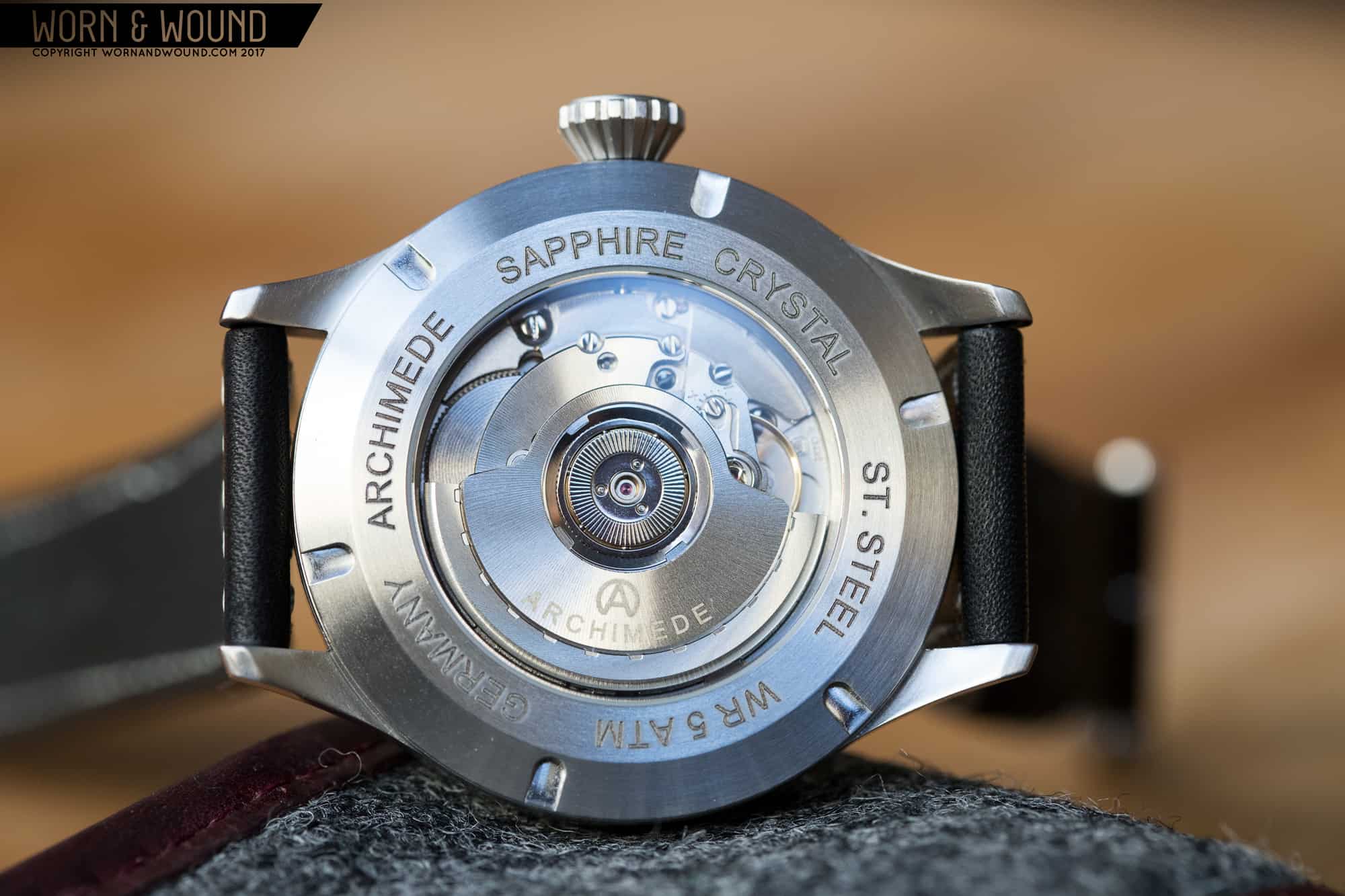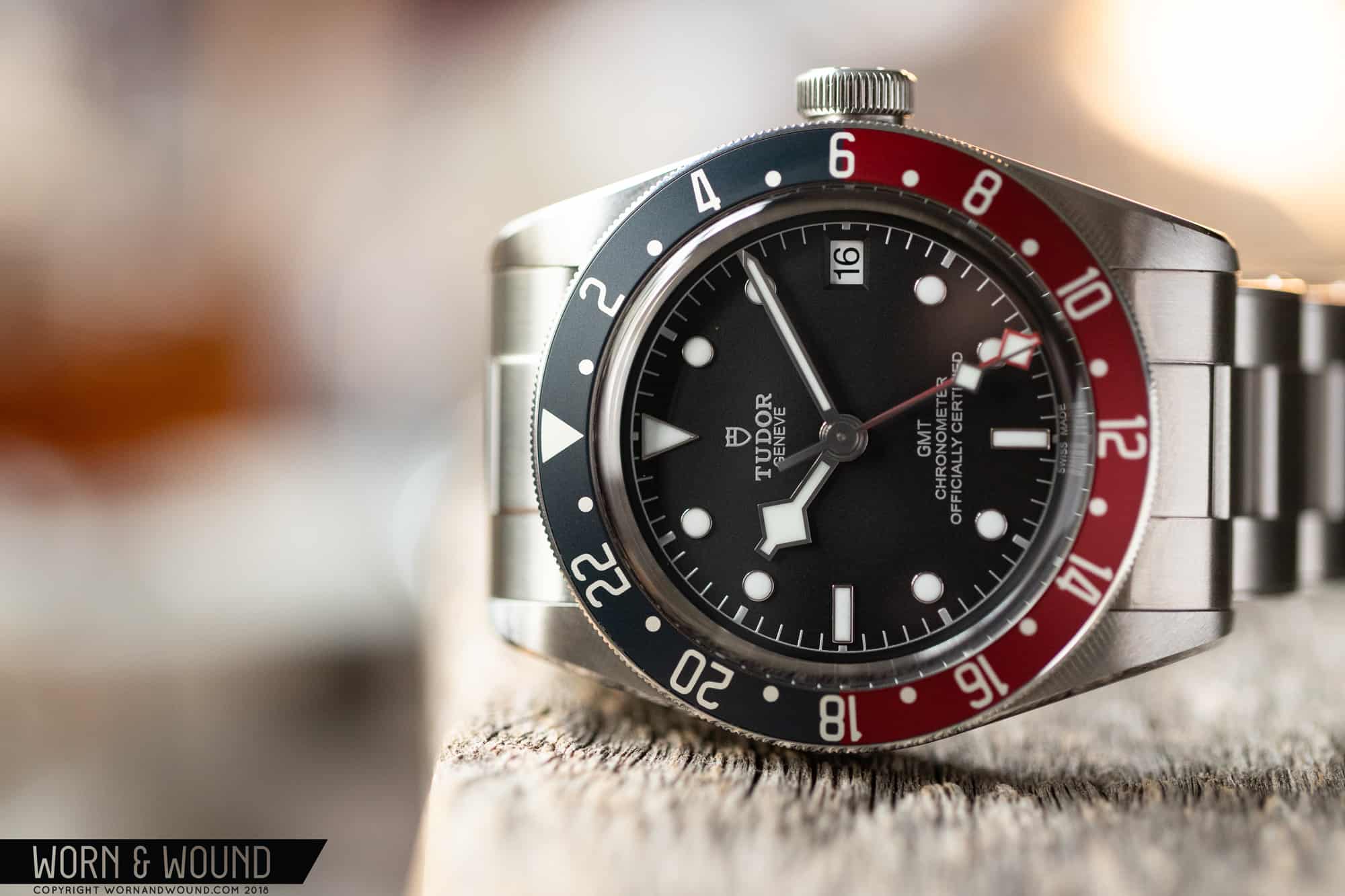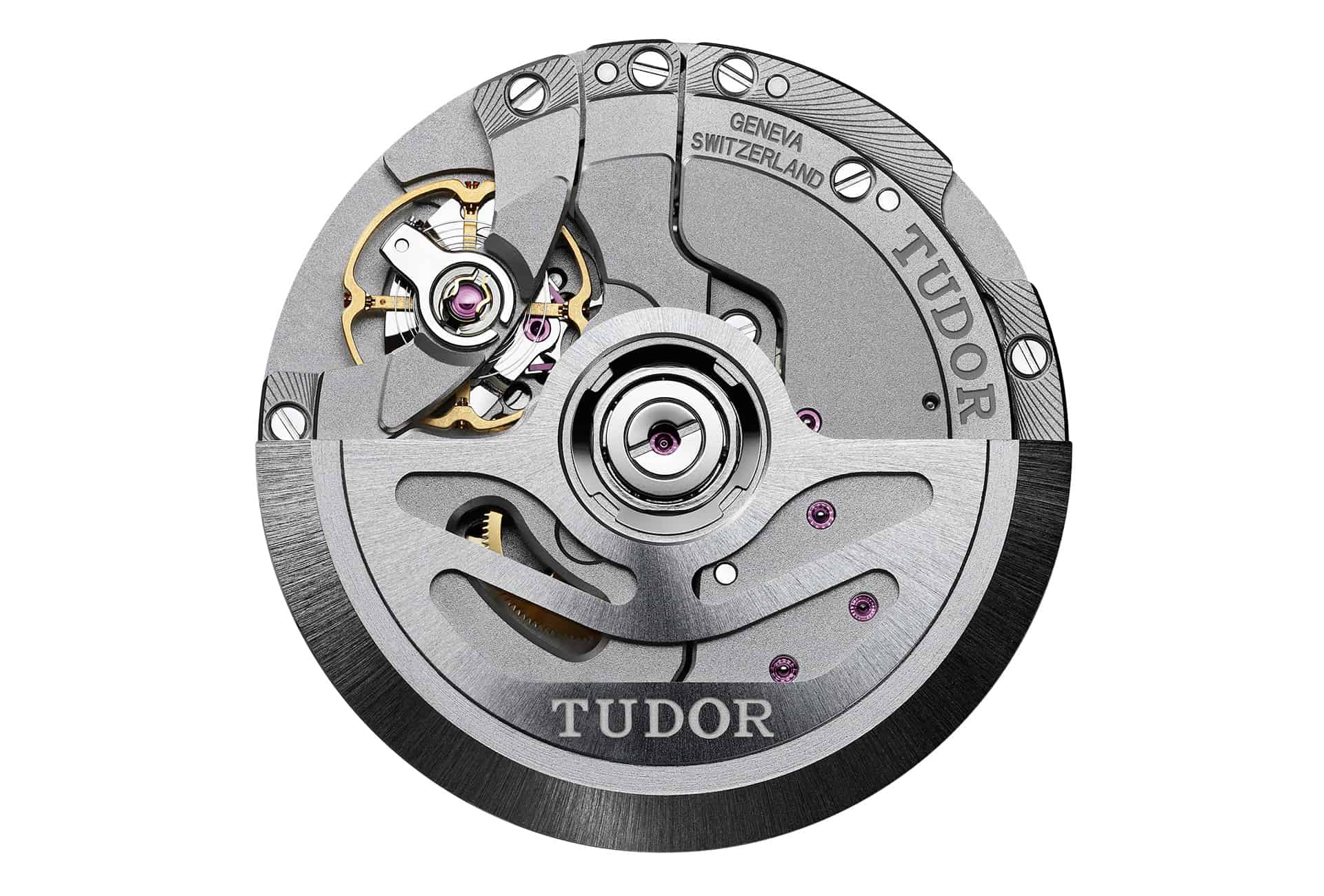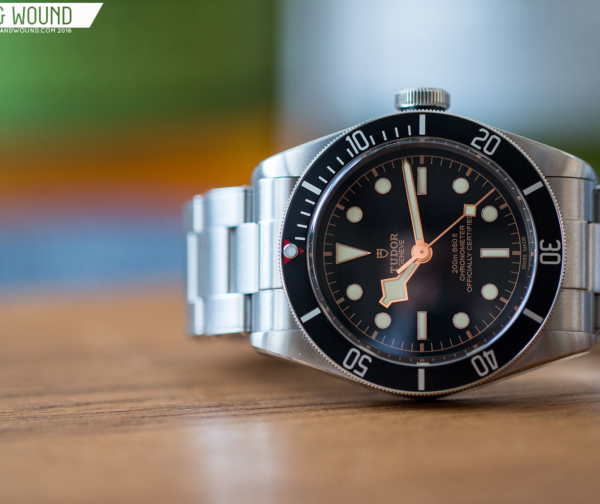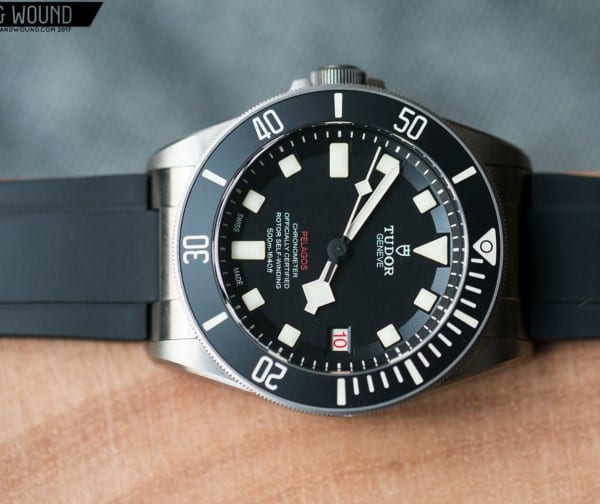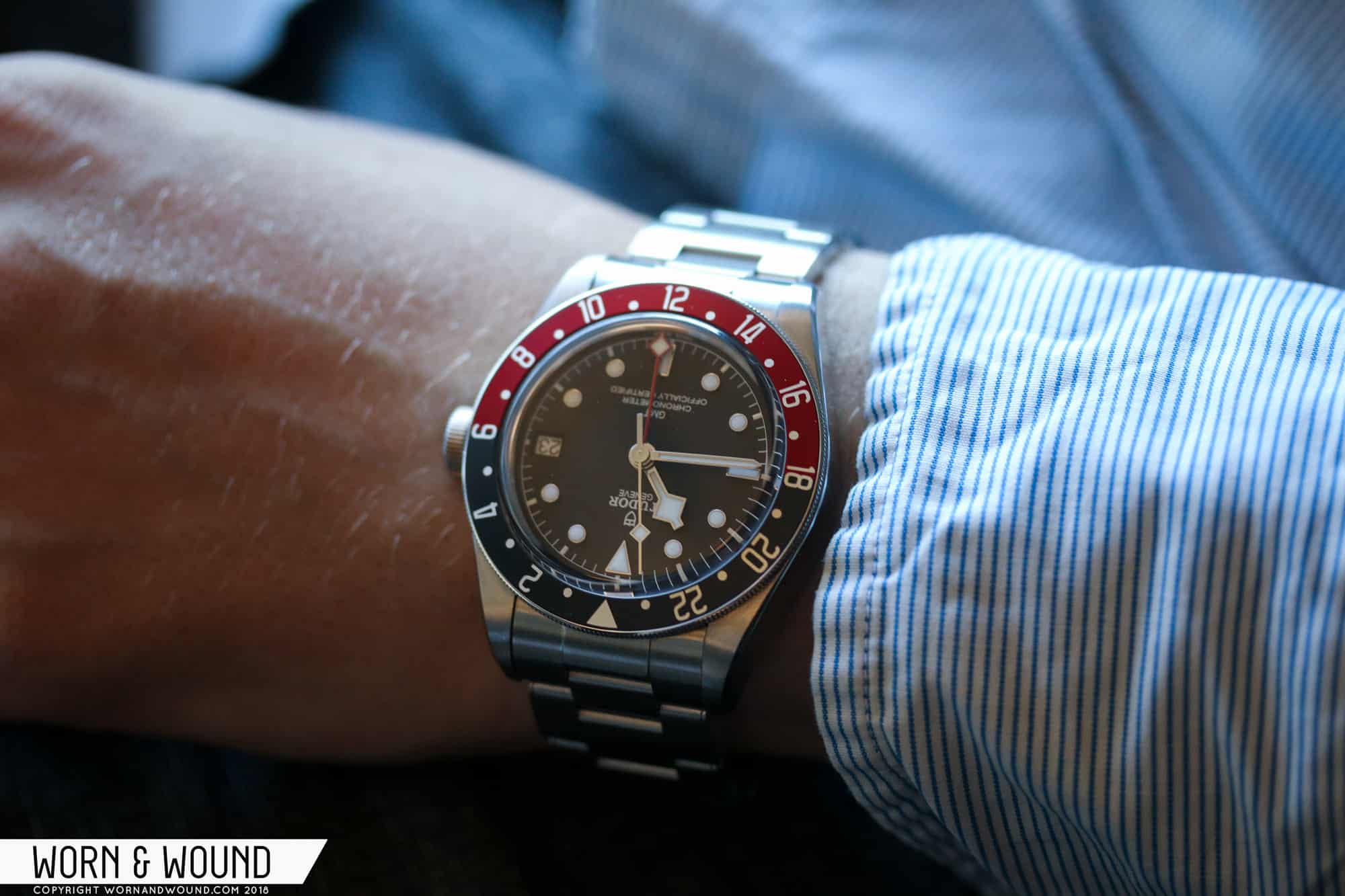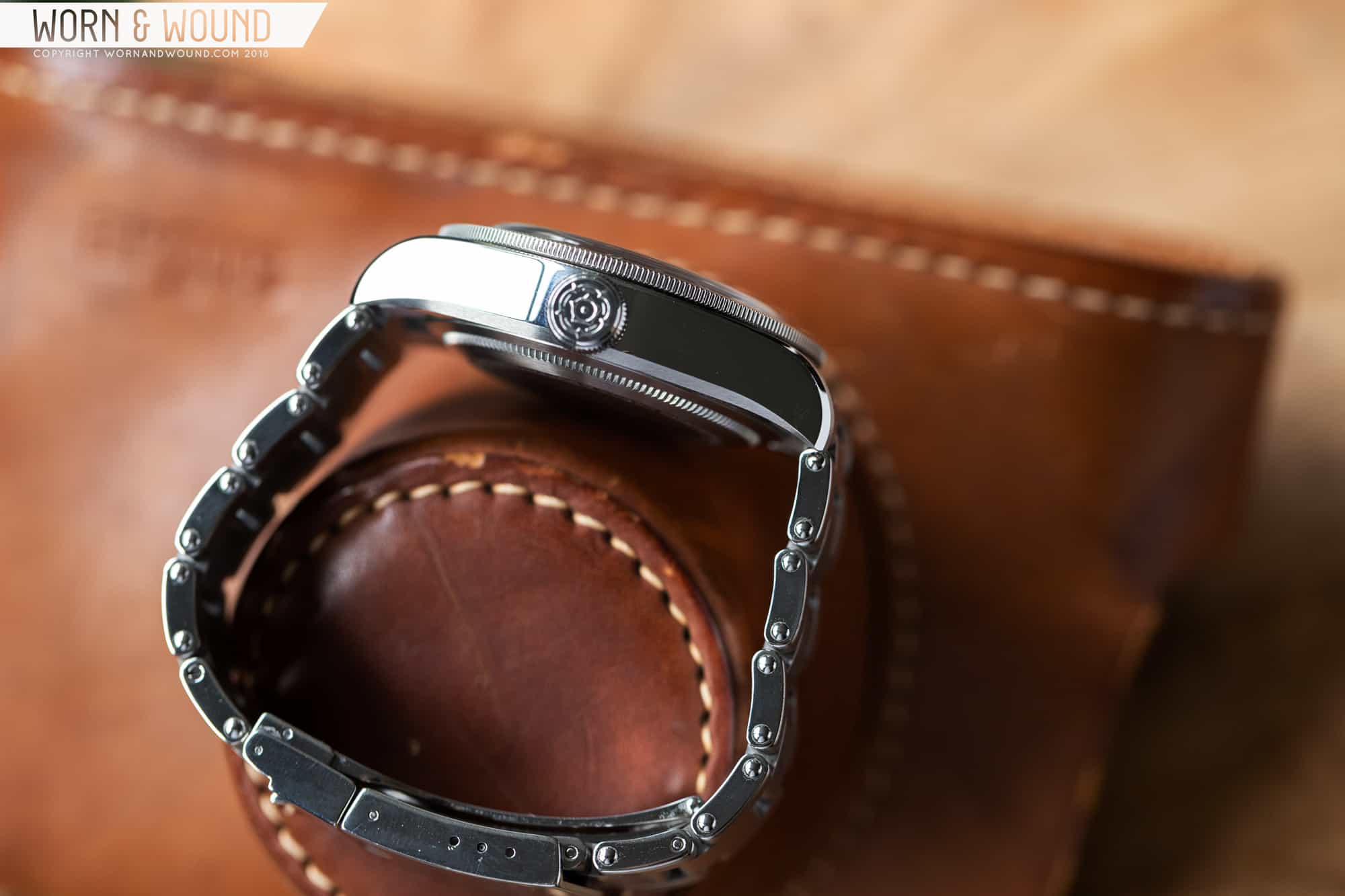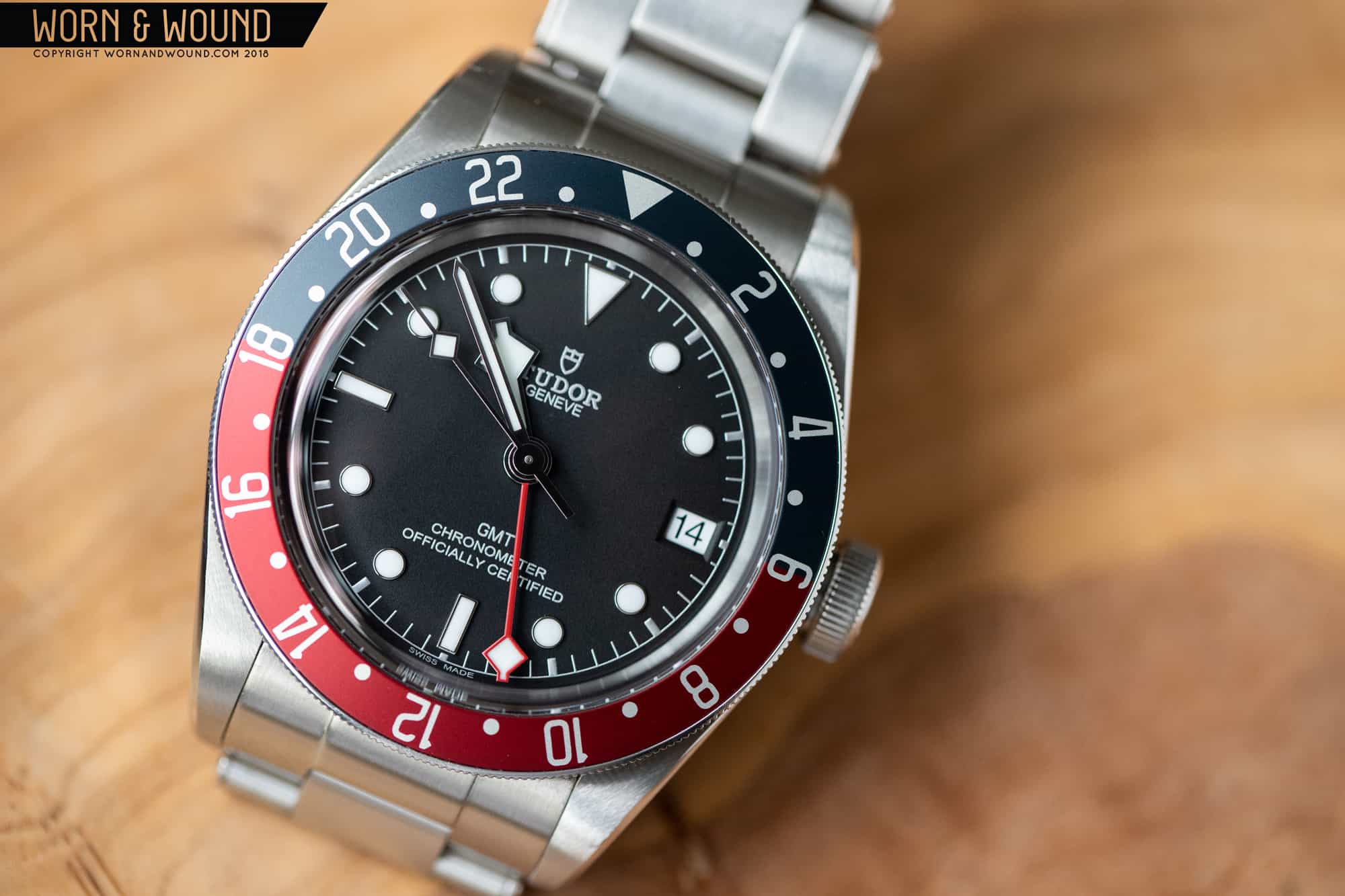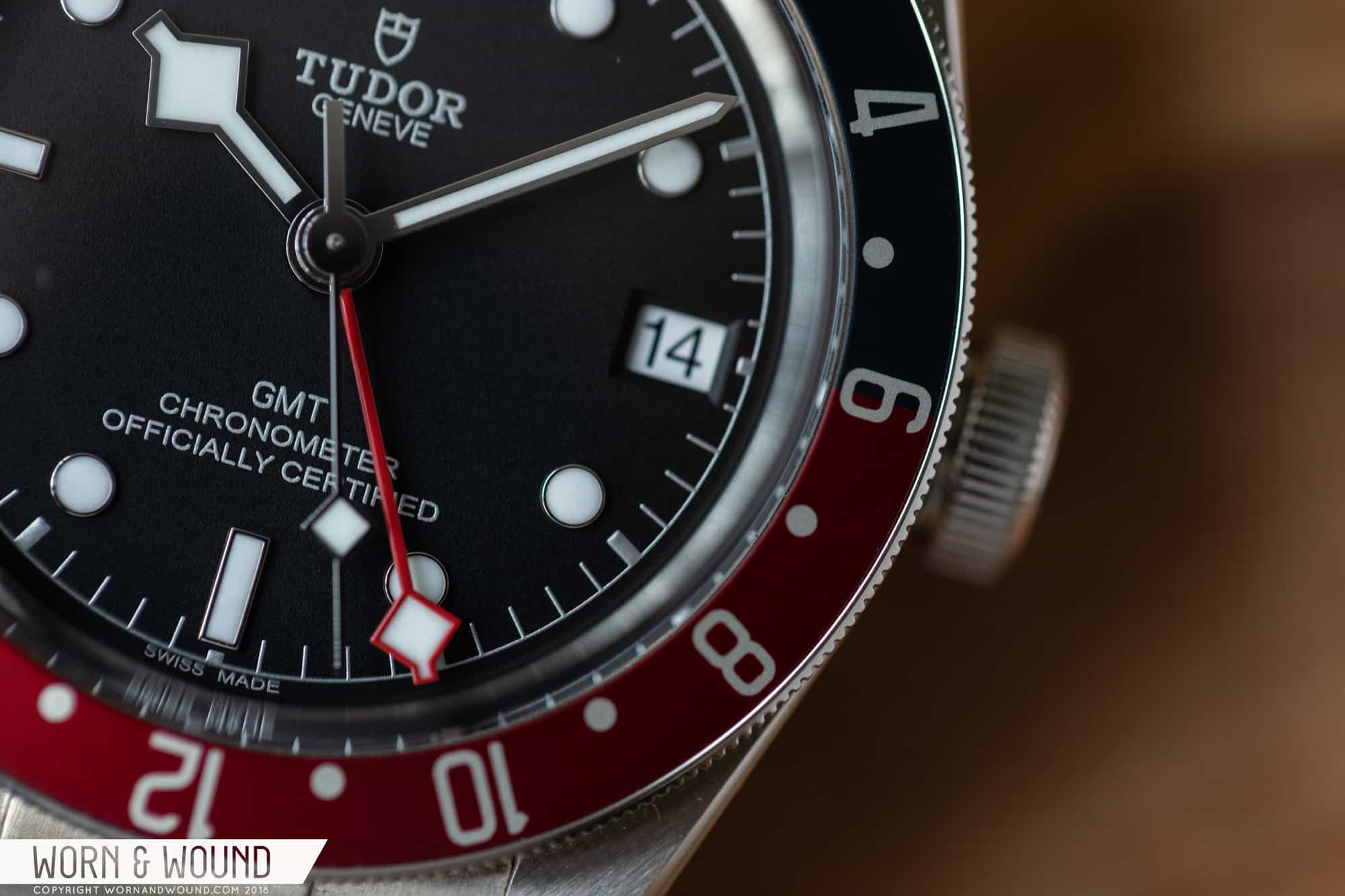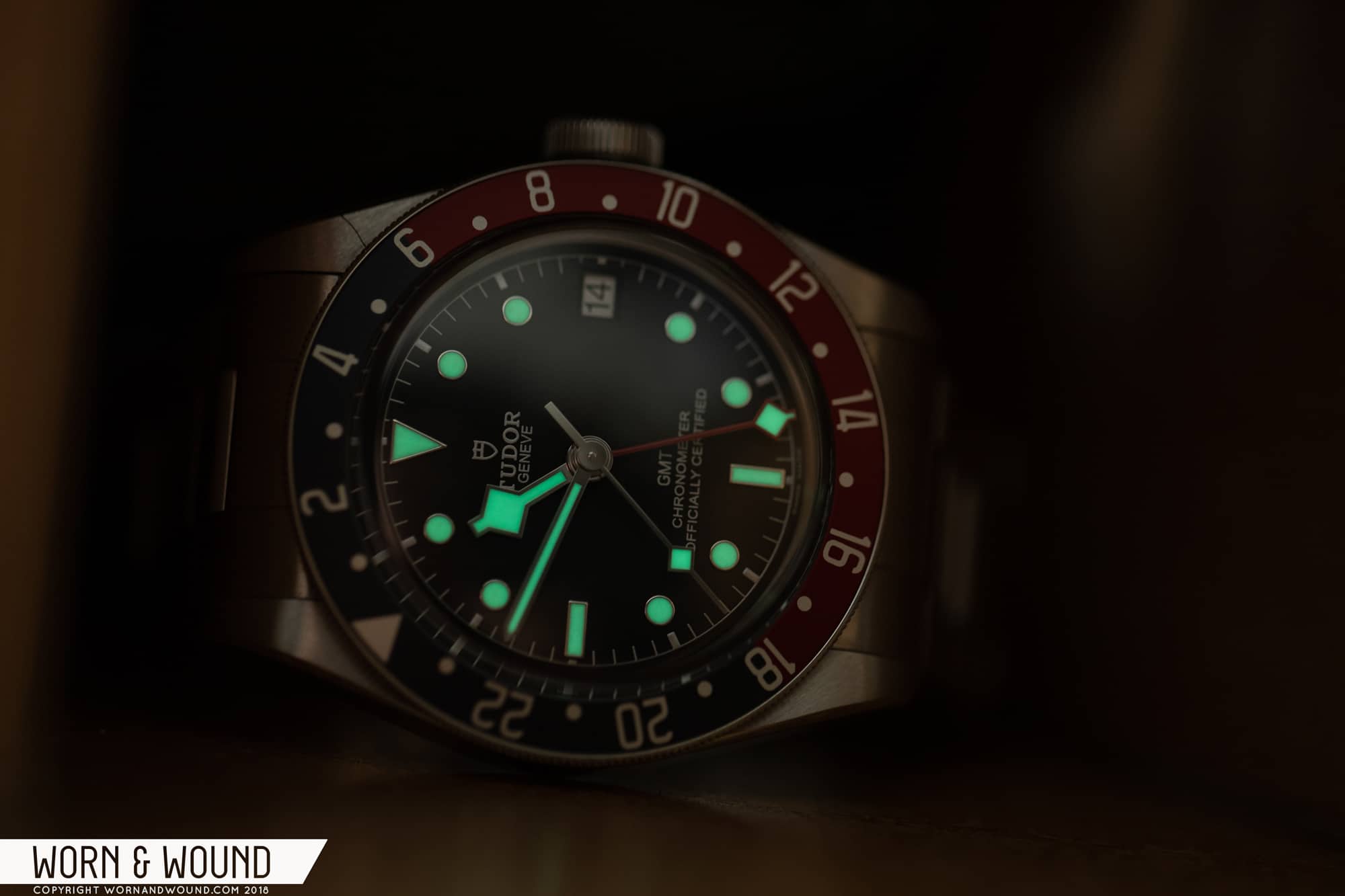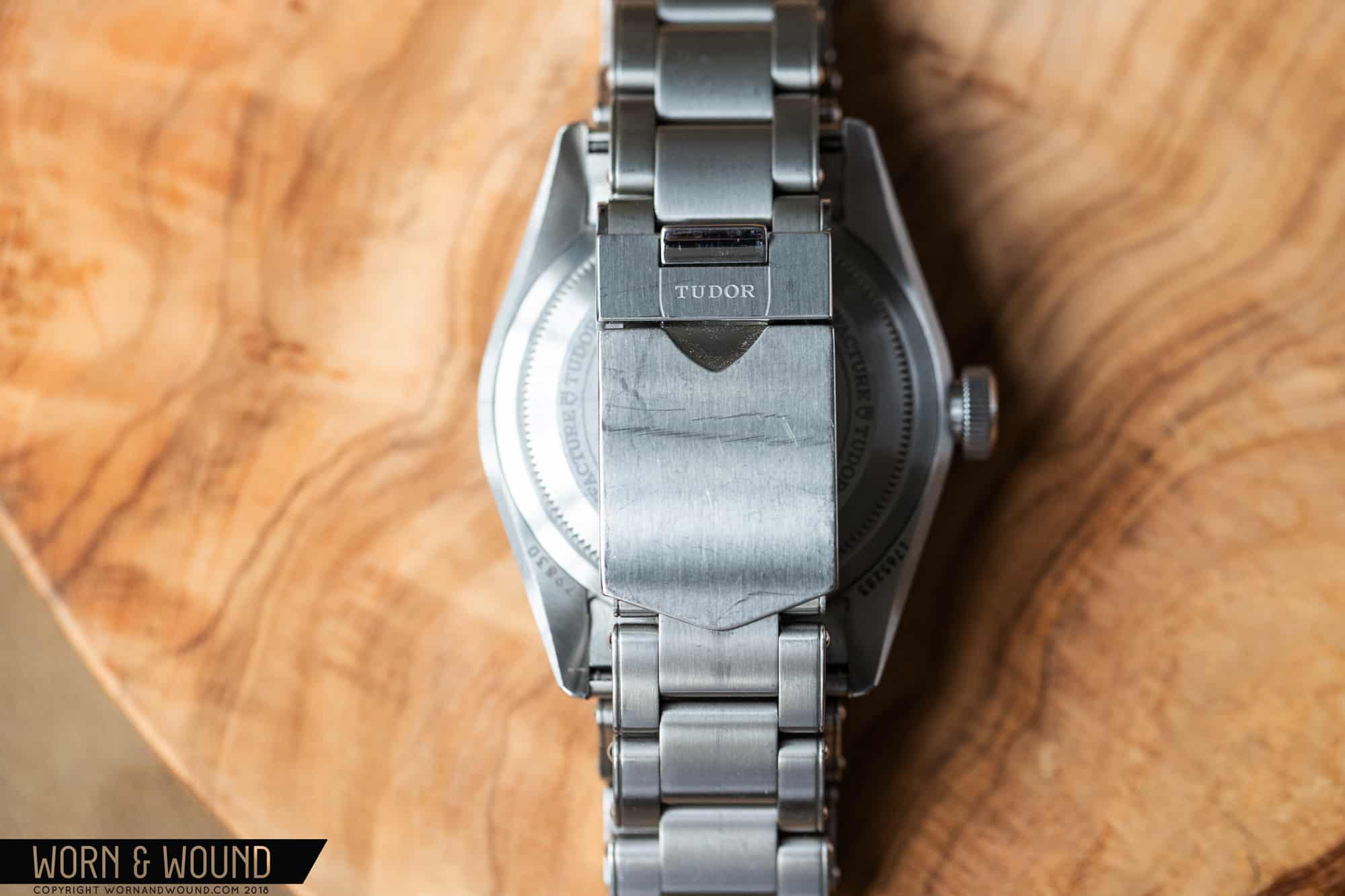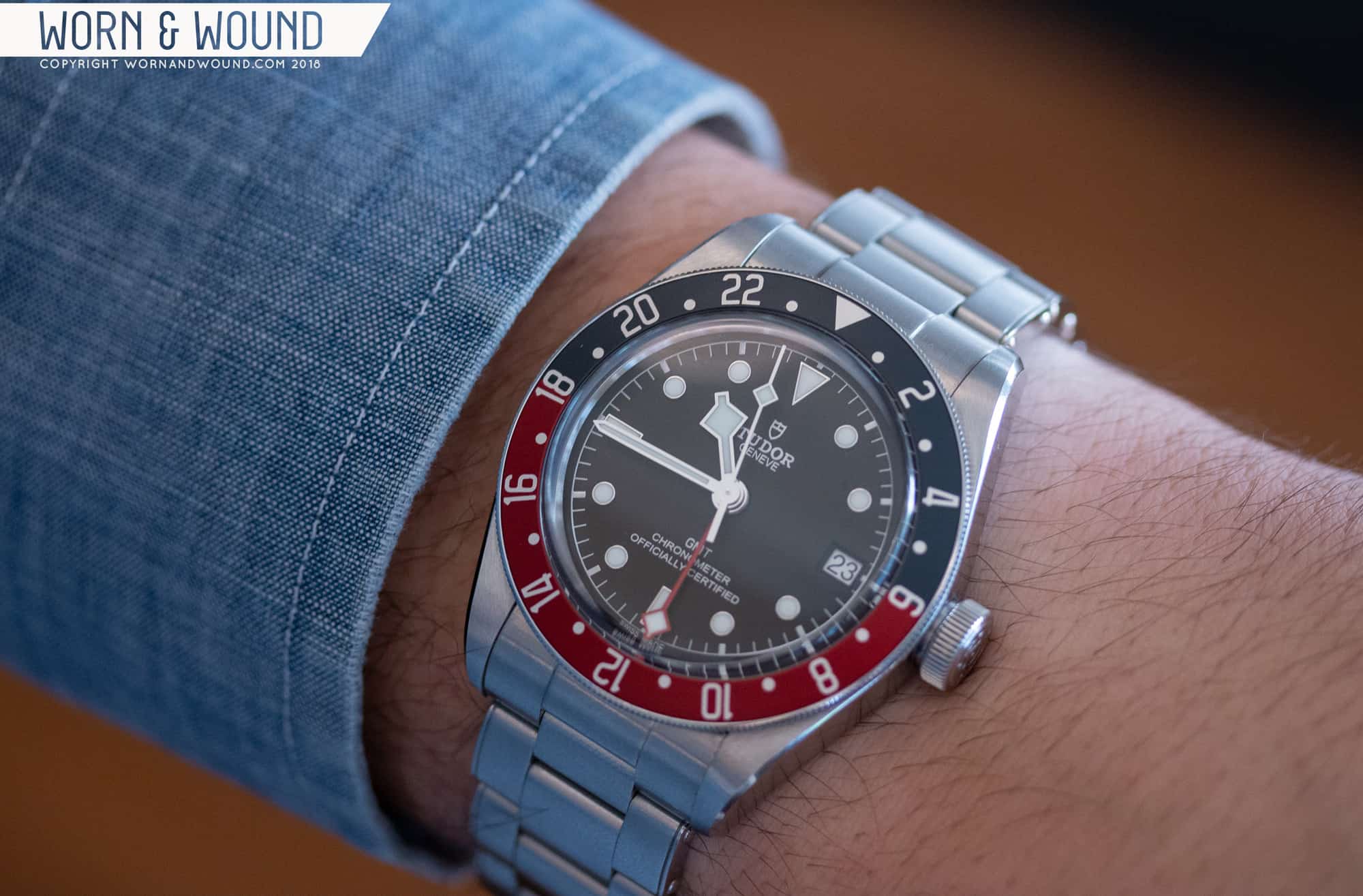2018 was a big year for Tudor, with the beloved Swiss brand launching two watches in particular that set the hearts of watch-heads racing: the Black Bay Fifty-Eight, a classically-sized take on Tudor’s signature Black Bay diver; and the Black Bay GMT, a true GMT sport watch with a Pepsi bezel. Unsurprisingly, the Fifty-Eight took home the lion’s share of the praise, but the GMT was a major move for Tudor, and an interesting one at that.
Unlike much of the rest of the Black Bay line, the GMT does not pull from any historical Tudor reference. Where it does pull inspiration is the iconic Rolex GMT-Master and Master II. Rolex, of course, is Tudor’s older brother, but Tudor (in its modern incarnation) has charted a separate path from the Crown, with a real focus on honing in on a distinct Tudor design language. The Black Bay GMT, then, marks a significant shift in strategy, and if what we heard from the good folks over at Tudor remains true in 2019, we can expect more of this to come. 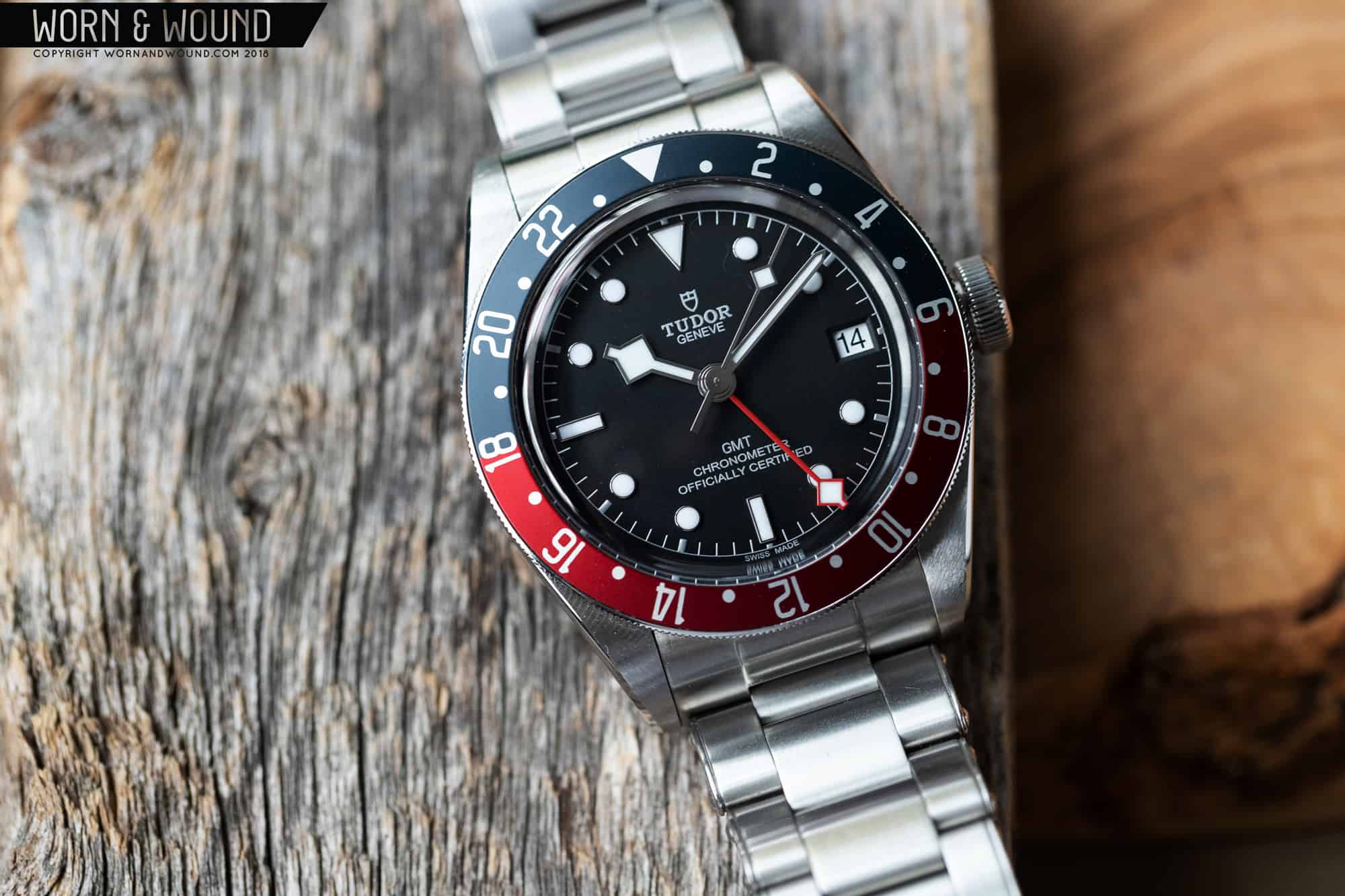
Because the denizens of watch-world need something to argue about, I’ve heard some naysayers call the Black Bay GMT a lesser version of the recently-released Pepsi GMT-Master II, Ref. 126710BLRO. It’s not. In fact, despite the shared lineage, these are two wildly different timepieces, and that difference is felt expressly on the wrist. The Black Bay GMT is a luxury watch, no doubt, but unlike most of the references that occupy Rolex’s contemporary catalog, the Black Bay range and the GMT still feel like proper tool watches.









 Featured Videos
Featured Videos





